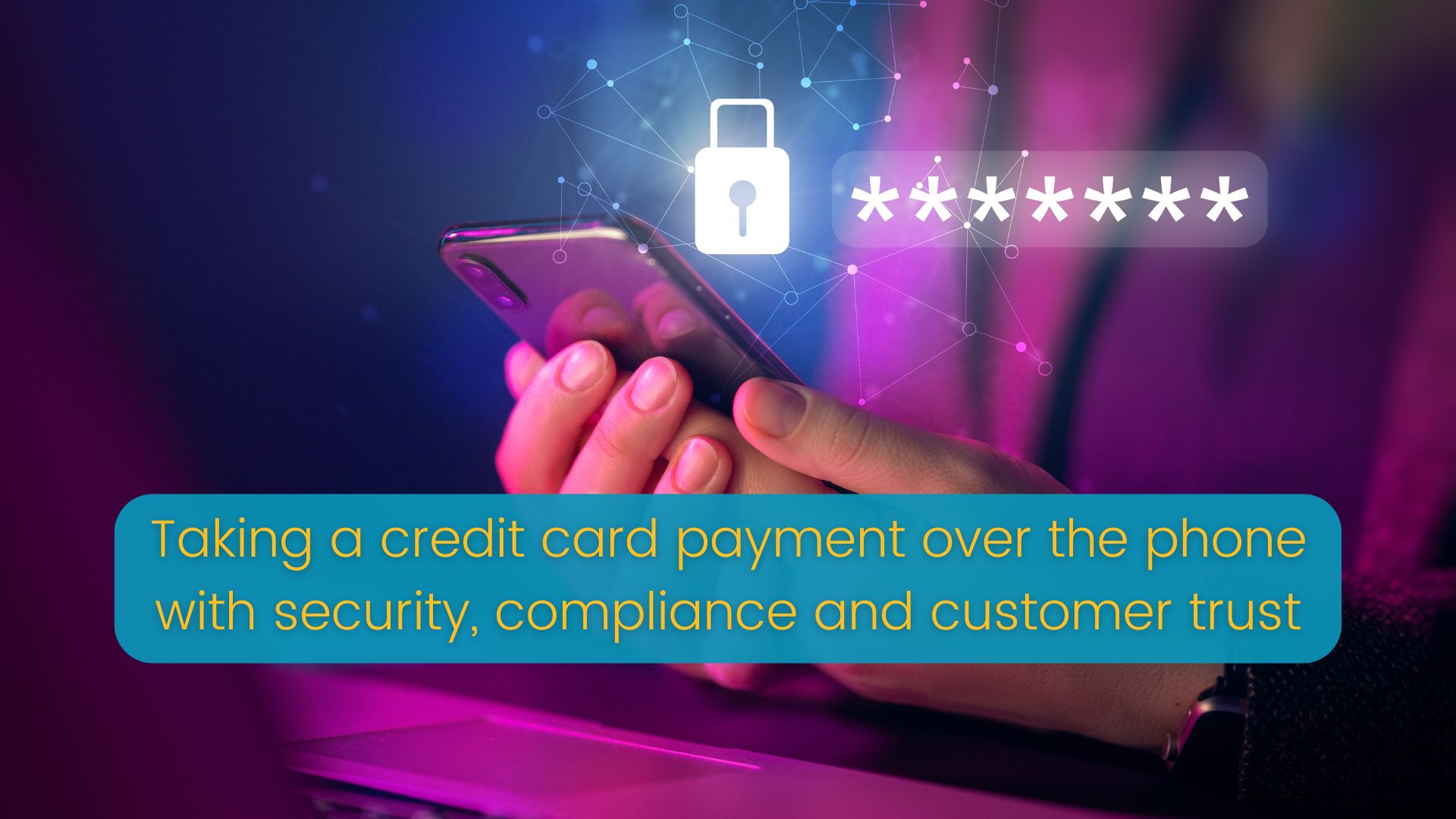
Balancing Security and Customer Trust in Phone Card Payments
Customers want reassurance when they share card details verbally. The FCA encourages firms to communicate clearly about security measures. Paytia enables you to meet that expectation without compromising compliance.
Explain the secure process
Agents can confidently say that digits enter a PCI Level 1 platform and never touch the contact centre systems. Transparency builds trust and shortens call times.
Maintain service quality
With DTMF masking, the agent stays on the call to answer questions, easing anxiety for customers who may be new to remote payments.
Offer proof through Secure Code
When sending a follow-up payment link, Secure Code verification provides tangible evidence that the request is authentic.
By focusing on security and reassurance, you improve conversion and retention. Talk to Paytia or arrange a coaching session for your team.
Ready to Secure Your Payment Processing?
Paytia provides secure, PCI DSS compliant payment solutions that protect your business and customers. Learn how we can help you reduce compliance burden while improving security.
